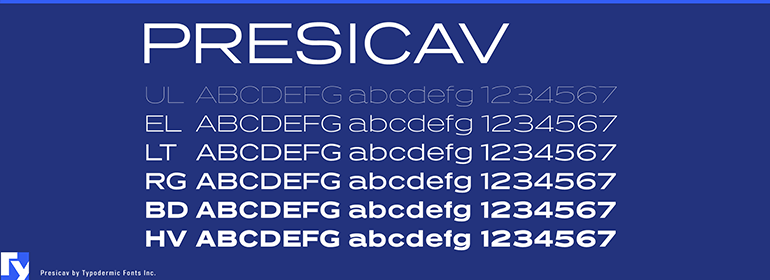Operetta
This font is called Operetta, which contains 8 weights. It supports Latin languages This typeface is very popular! It has 2678 views and 1208 downloads. The typeface is probably "Paid font". Be sure to check the license type yourself before using. This font was designed by Synthview. Available styles: 18 Light, 18 Extra Light, 18 Regular, 18 Medium, 18 Bold, 18 Demi Bold, 18 Ultra Bold, 18 Black.
Categories:
Serif fonts
The font was removed at the request of the copyright holders. To purchase this font, contact its owner or copyright holder.










Comments (0)
Be the first to leave a comment. Your opinion is important to us. Thank you!
Add comments